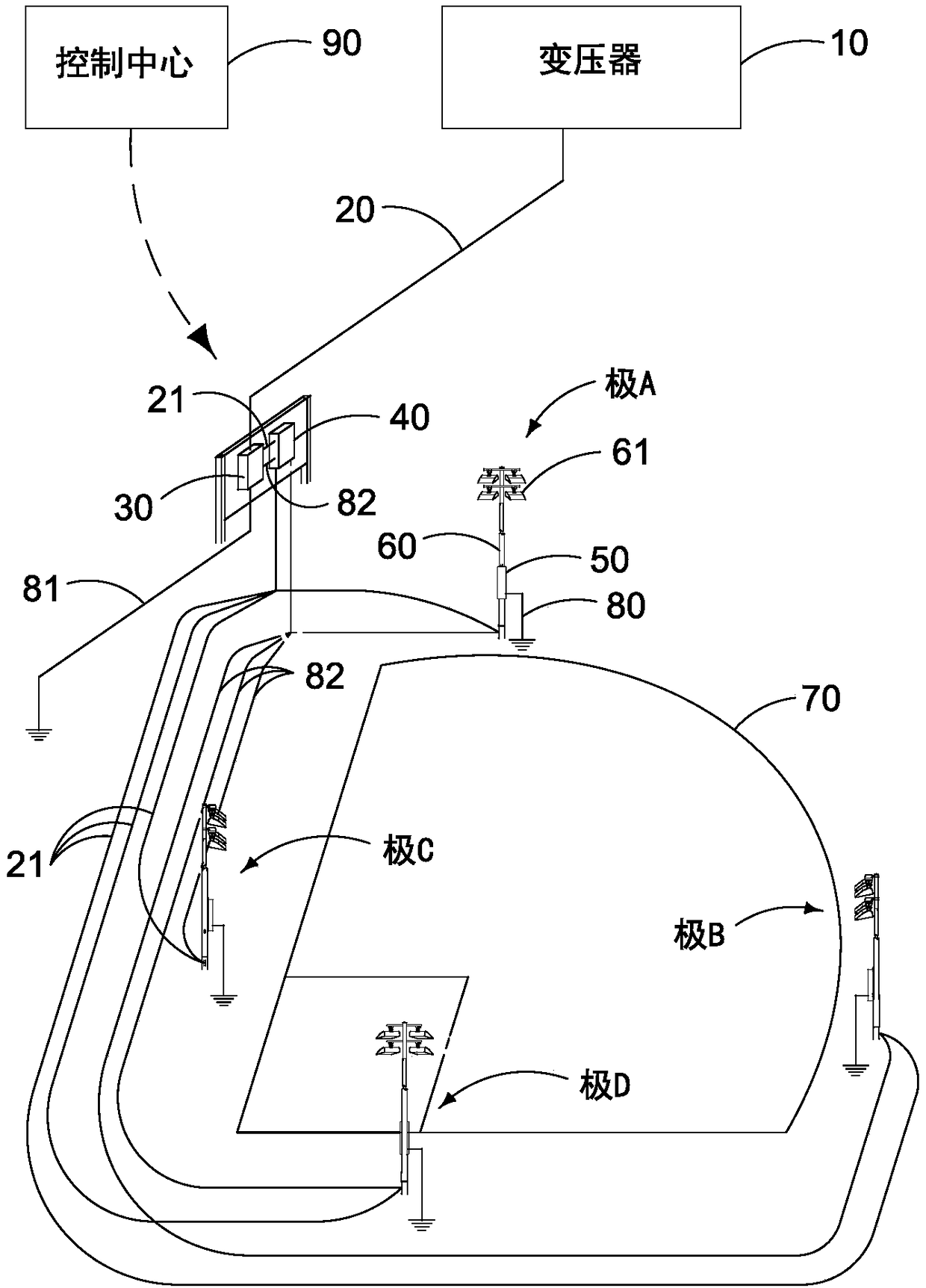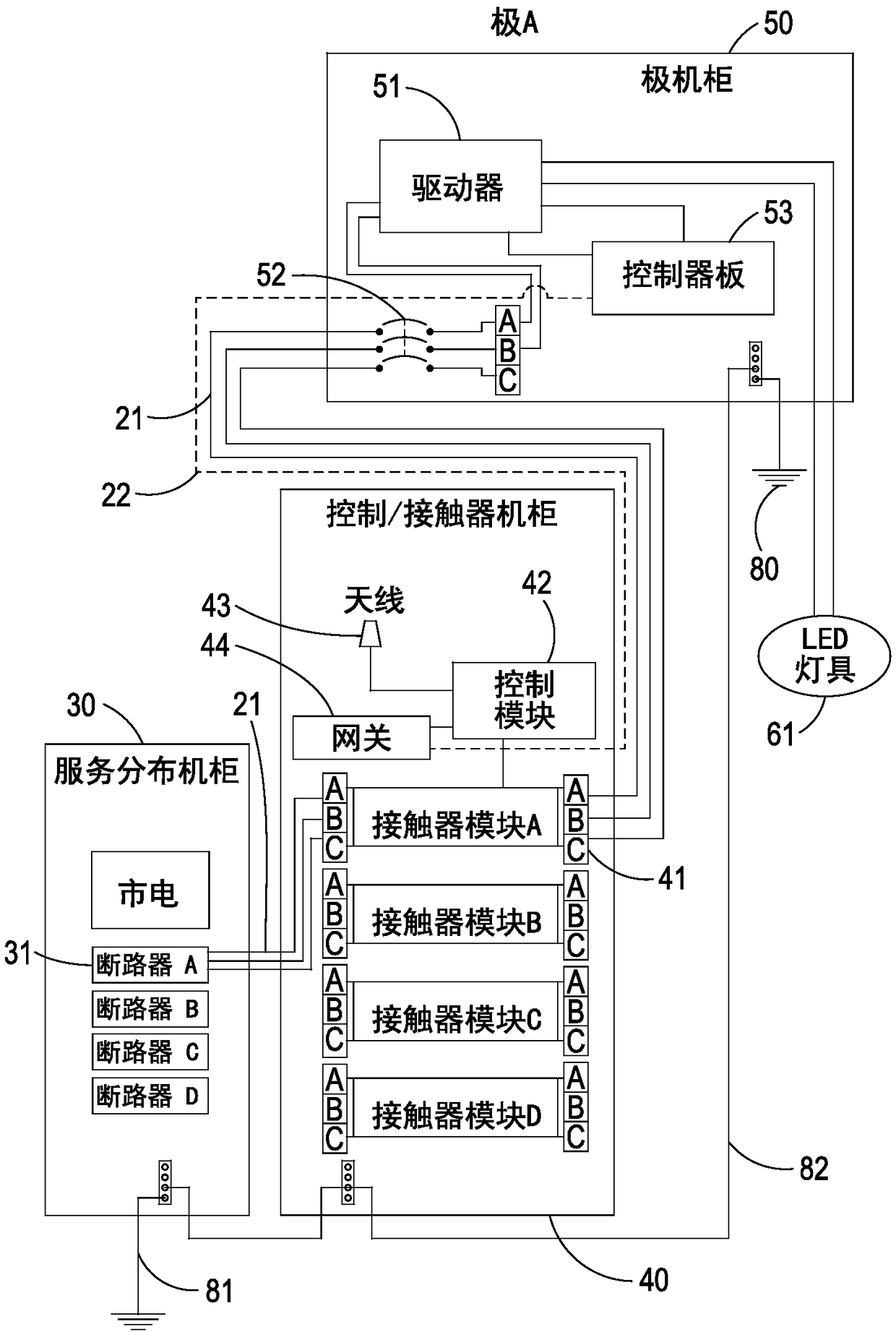Apparatus, method, and system for providing tunable circadian lighting at constant perceived brightness and color
一种昼夜节律、照明系统的技术,应用在用于以恒定的感知亮度和颜色提供可调谐昼夜节律照明的设备、和系统领域,能够解决不能产生可感知恒定的亮度和颜色昼夜节律照明系统等问题
- Summary
- Abstract
- Description
- Claims
- Application Information
AI Technical Summary
Problems solved by technology
Method used
Image
Examples
Embodiment 1
[0047] As previously stated, according to aspects of the present invention, a single light source (e.g., luminaire, module, or other device having a set of multiple individual LED light sources) can be produced in which both general or background lighting and circadian lighting can be provided, This is done in such a way that both perceived luminance (as measured, for example, by the true luminance meter shown below) and perceived color are constant as you shift from the "awake" state to the "sleep" state. The wake and sleep states are generally associated with low and high melatonin production / metabolic rates, respectively; alternatively, the wake and sleep states can be said to correlate with more alert and more sedated states, respectively . It should be noted that the primary purpose of the present invention is not to determine whether circadian lighting actually provides biological / physiological benefits, and if so, how to quantify or assess those benefits; rather, the pr...
PUM
 Login to View More
Login to View More Abstract
Description
Claims
Application Information
 Login to View More
Login to View More - R&D
- Intellectual Property
- Life Sciences
- Materials
- Tech Scout
- Unparalleled Data Quality
- Higher Quality Content
- 60% Fewer Hallucinations
Browse by: Latest US Patents, China's latest patents, Technical Efficacy Thesaurus, Application Domain, Technology Topic, Popular Technical Reports.
© 2025 PatSnap. All rights reserved.Legal|Privacy policy|Modern Slavery Act Transparency Statement|Sitemap|About US| Contact US: help@patsnap.com



